| Eccentricity |
Like concentricity, a measure of the center of a conductor's location with respect to the circular cross section of the insulation (expressed as a percentage of displacement of one circle within the other) |
| ECTFE |
A copolymer of ethylene and chlorotrifluoroethylene that provides excellent chemical and abrasion resistance as well as mechanical strength. Used mostly as an insulation. |
| EIA |
Abbreviation for Electronic Industries Association |
| Elastomer |
A rubber-like substance |
| Electromagnetic |
Pertaining to the combined electric and magnetic fields associated with movements of electrons through conductors |
| Electromagnetic Interference (EMI) |
Any electromagnetic disturbance that interrupts or limits the performance of electrical or electronic devices |
| Electromotive Force |
Pressure or voltage; the force which causes current to flow in a circuit |
| Electrostatic |
Pertaining to static electricity or electricity at rest; a constant intensity electric charge |
| Electrostatic Interference |
Any electrostatic interference such as motor spiking |
| Elongation |
The fractional increase in length of a material stressed in tension |
| EMF |
See definition of "Electromotive Force" |
| EMI |
Abbreviation for Electromagnetic Interference |
| Ends |
In braiding, the number of essentially parallel wires or threads on a carrier |
| Ethylene Propylene Rubber (EPR) |
An ozone resistant rubber consisting primarily of ethylene propylene copolymer (EPM) or ethylene propylene diene terpolymer (EDPM) |
| Ethylene-Tetrafluorethylene-Copolymer (ETFE) |
|
| External Interference |
The effects of electrical waves or fields which cause sounds other than the desired signal (static). |
| Extrusion |
The process of continuously forcing both a plastic or elastomer and a conductor core through a die, thereby applying a continuous coating of insulation or jacket to the core or conductor |

